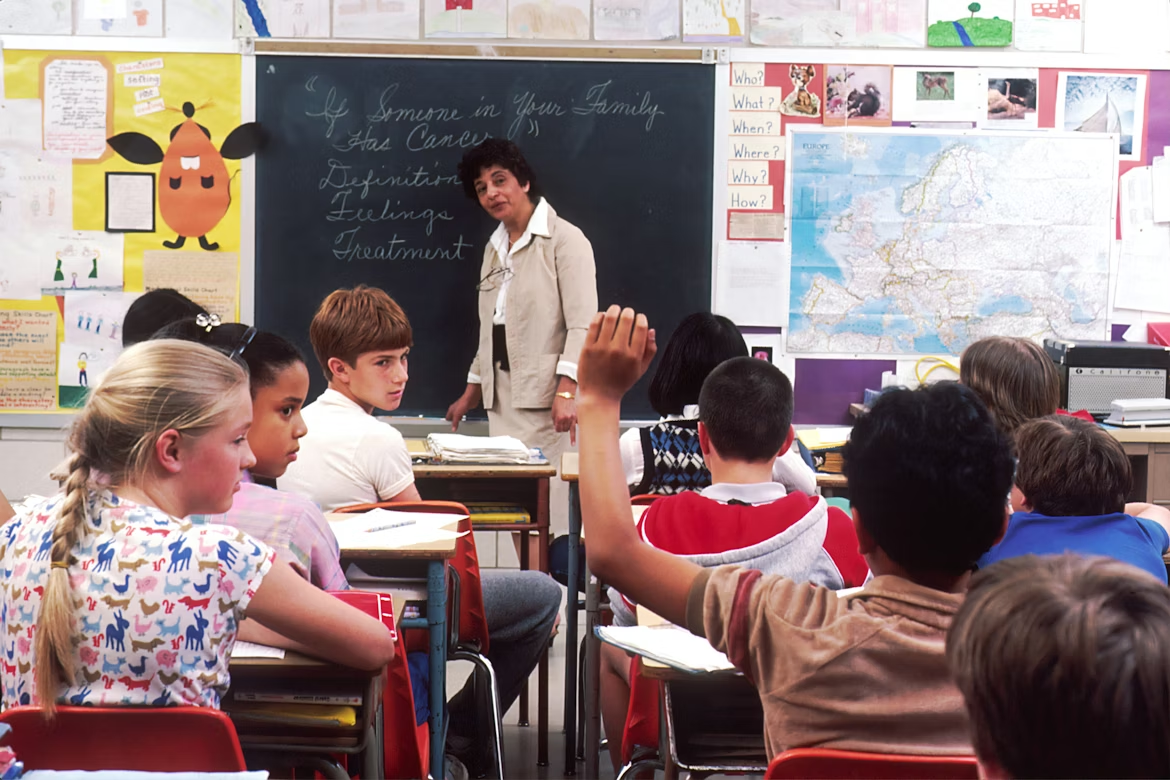Trends
Exploring Trends and Innovations in Dramaturgy
As the theatrical landscape continues to evolve, dramaturgs are embracing new technologies and modes of storytelling to enhance the audience experience. One emerging trend is the integration of digital elements into live performances, such as projection mapping, augmented reality, and interactive media installations. These innovations not only captivate audiences but also challenge traditional notions of narrative structure and staging.
Immersive and experiential theatre
Another exciting development is the rise of immersive and experiential theatre, where the boundaries between performers and spectators blur. Dramaturgs play a crucial role in crafting these multisensory experiences, ensuring a cohesive and impactful journey for participants. This approach often involves collaborating with designers, choreographers, and other creative professionals to create a unified artistic vision.
Site-specific and interdisciplinary collaborations
Furthermore, the field of dramaturgy is expanding beyond traditional theatre settings, venturing into realms such as site-specific performances, community-based projects, and interdisciplinary collaborations. By embracing these new contexts, dramaturgs have the opportunity to explore diverse perspectives and engage with a wider range of audiences, fostering meaningful dialogues and cultural exchanges.






